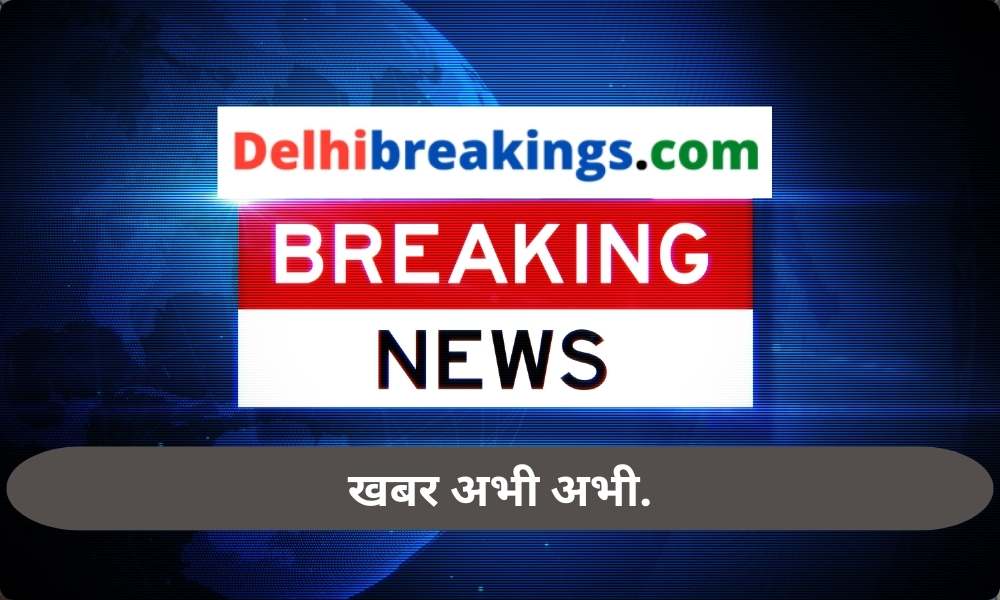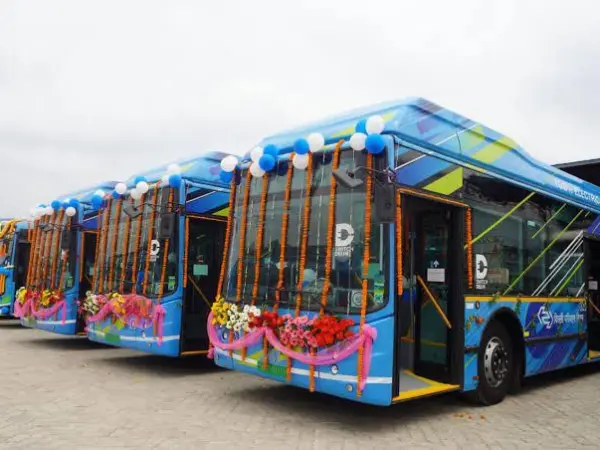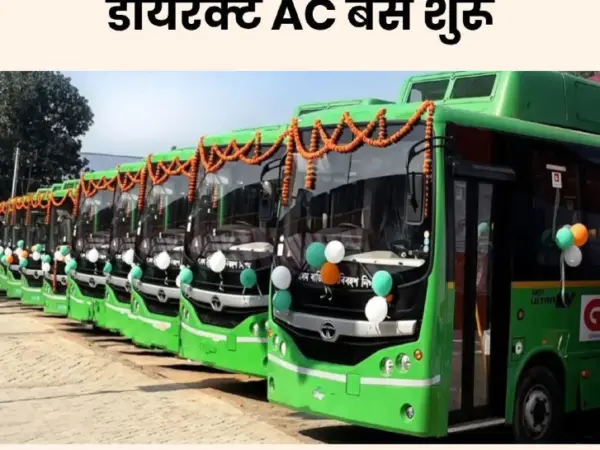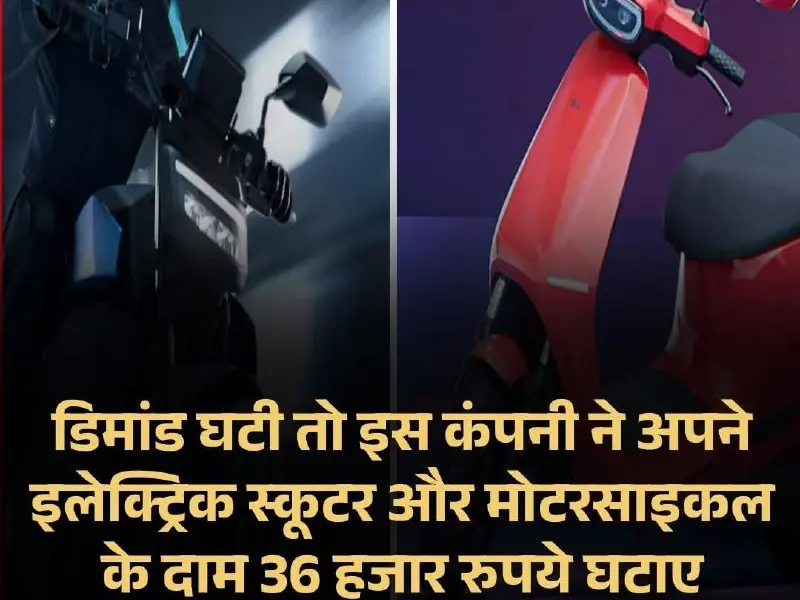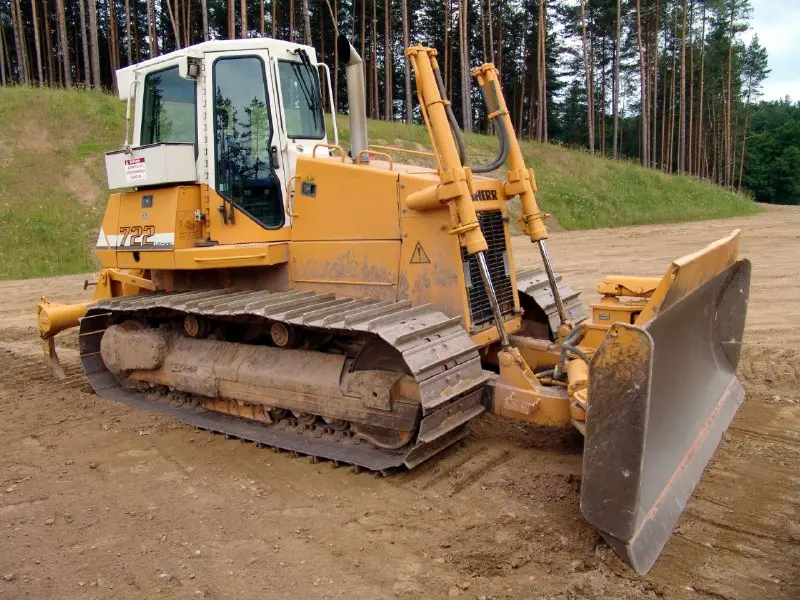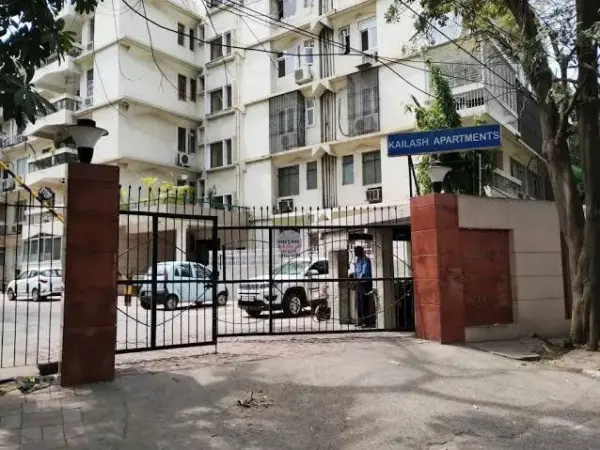ISRO’s Aditya-L1 Solar Mission Begins Earth-Bound Firing to Raise Orbit
The Indian Space Research Organisation (ISRO) has announced that the first Earth-bound firing to raise the orbit of the Aditya-L1 solar mission is scheduled for Sunday. This comes a day after the successful launch of the Polar Satellite Launch Vehicle (PSLV-C57.1) carrying the orbiter from the Satish Dhawan Space Centre in Sriharikota, Andhra Pradesh.

Summary:
- ISRO’s Aditya-L1 solar mission begins Earth-bound firing to raise the orbit.
- Earth-bound manoeuvres will involve rocket firing and adjustments to angles.
- Aditya-L1 will stay in Earth-bound orbits for 16 days and undergo five manoeuvres.
- Aditya-L1 will reach its observation point in four months, 1.5 million km away from Earth.
- Aditya-L1 will continuously observe the Sun without hindrance from eclipses or occultation.
- The spacecraft will carry seven different payloads to study the Sun in detail.
The Aditya-L1 solar mission, ISRO’s first solar mission, began its Earth-bound firing to raise its orbit. This comes after the successful launch of the PSLV-C57.1 rocket carrying the orbiter from the Satish Dhawan Space Centre in Sriharikota. The Earth-bound manoeuvres will involve rocket firing and adjustments to angles, similar to how a person on a swing applies pressure to make the swing go higher. Aditya-L1 will stay in Earth-bound orbits for 16 days and undergo five manoeuvres to gain the necessary velocity for its journey.
Once Aditya-L1 gains enough velocity, it will slingshot around to its intended path towards L1, a balanced gravitational location between the Earth and the Sun. The mission is expected to reach the observation point in four months, which is 1.5 million km away from Earth in the direction of the Sun. Aditya-L1 will continuously observe the Sun without being hindered by eclipses or occultation, allowing scientists to study solar activities and their impact on space weather in real-time.
The spacecraft is carrying seven different payloads, four of which will observe the light from the Sun, while the remaining three will measure in-situ parameters of the plasma and magnetic fields. The data collected by Aditya-L1 will help identify the sequence of processes that lead to solar eruptive events and contribute to a deeper understanding of space weather drivers.
(With inputs from agencies)
Follow DelhiBreakings on Google News
Superfast News Coverage by DelhiBreakings.com team.
For Superfast national news and Delhi Breaking Stories visit us daily at https://delhibreakings.com
